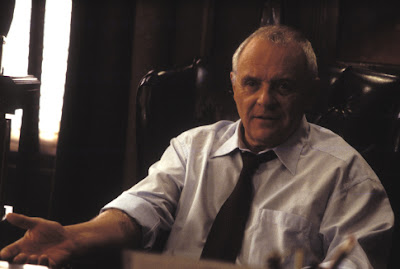We get so few Italian movies opening theatrically here in the USA of late that TrustMovies tends to be thankful for just about any new movie from Italy that comes our way. (He greatly misses being in New York City for the yearly Open Roads series of new Italian cinema that turns up each June.)
Consequently, he was pleased to hear about and then view PIRANHAS (Italian title La paranza dei bambini, which translates, I believe, to something like a netful of children), a film directed by Claudio Giovannesi from the novel by Gomorrah scribe, Roberto Saviano, with a screenplay co-written by Saviano, Giovannesi and Maurizio Braucci.
As with Gomorrah, the new Piranhas deals with the mafia/cammora as so integral and longstanding a part of Italian society as to be practically inseparable from what we might call "life itself." Taking place in the streets, clubs and homes of Naples, Italy (some of those homes are impressive indeed), the film begins as a gang of Naples teenagers steals a huge Christmas tree from a public place, while warding off an attack by a rival gang.
Giovannesi, pictured at right, has staged this, along with a number of other "action" scenes quite well, initially pulling us in via a single character then expanding to more and more, until his movie opens up in surprising, often impressive, ways.
If Piranhas tells us little that is new, as this small gang of willful, mischief-making but rather sweet boys (above) turns into a batch of profiteering murderers, it tells its tale in smart, swift, gorgeously photographed scenes (by Daniele Cipri, who directed and shot It Was the Son and handled cinematography on several of the recent films of Marco Bellocchio).
Piranhas also thrusts into prominence a young man appropriately named Francesco de Napoli (above, right, and below, left) who, at 15 years of age, gives a star-making debut performance in the leading role of Nicola, the boy who leads this gang of newbies. Signore Di Napoli, has a face that the camera eats right up and then asks for more. He's beautiful (he may remind you in certain scene of the young Alain Delon), but he's also full of energy and specificity in terms of his performance. He's not content to simply look good (though at all times he certainly does).
As Nicola turns from a somewhat tender, intelligent, hopeful young man (who wants to protect his mom and her dry cleaning establishment from camorra predators) into a killer, Di Napoli charts the course with plenty of energy and character-defining detail. His attraction to and maybe love for the young girl (Viviana Aprea, below) from a neighboring community is handled with the kind of youthful bravado and carelessness rife among youth in just about all western cultures.
The film also offers yet another object lesson in the danger to society of kids with guns, as consequences -- intended and unintended -- come to pass with a finality that these youthful idiots simply cannot or will not appreciate. Though the end results here will clearly go against our protagonists eventually -- as newer, smarter, younger folk come into power -- filmmaker Giovanese (who also gave us the sweet and unusual prison love story, Fiore) spares us the sadness, pain and bloodshed by simply ending on the road to an oncoming act of vengeance.
If this seems too easy, it is also somehow appropriate. Younger audiences can revel in the immediate thrill, while us older folk shake our heads and murmur, "Sure, kids: just wait...."
From Music Box Films, in Italian with English subtitles and running 112 minutes, Piranhas opens in New York City this Friday, August 2, at Film at Lincoln Center, and then expands to another 17 cities -- including Los Angeles at the Landmark NuArt on August 9 -- over the coming weeks. To see all currently scheduled playdates, cities and theaters, click here and then scroll down to click on Theatrical Engagements.



























































